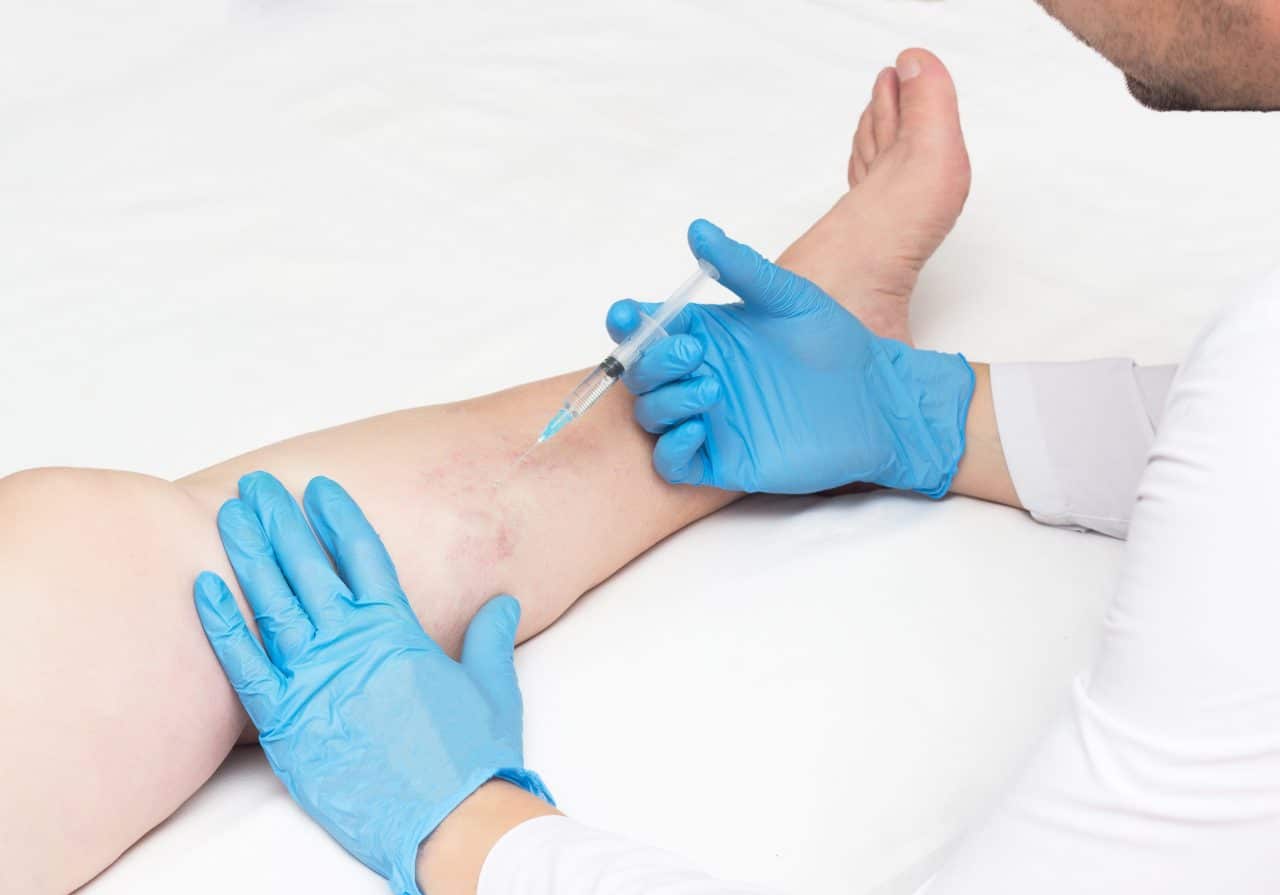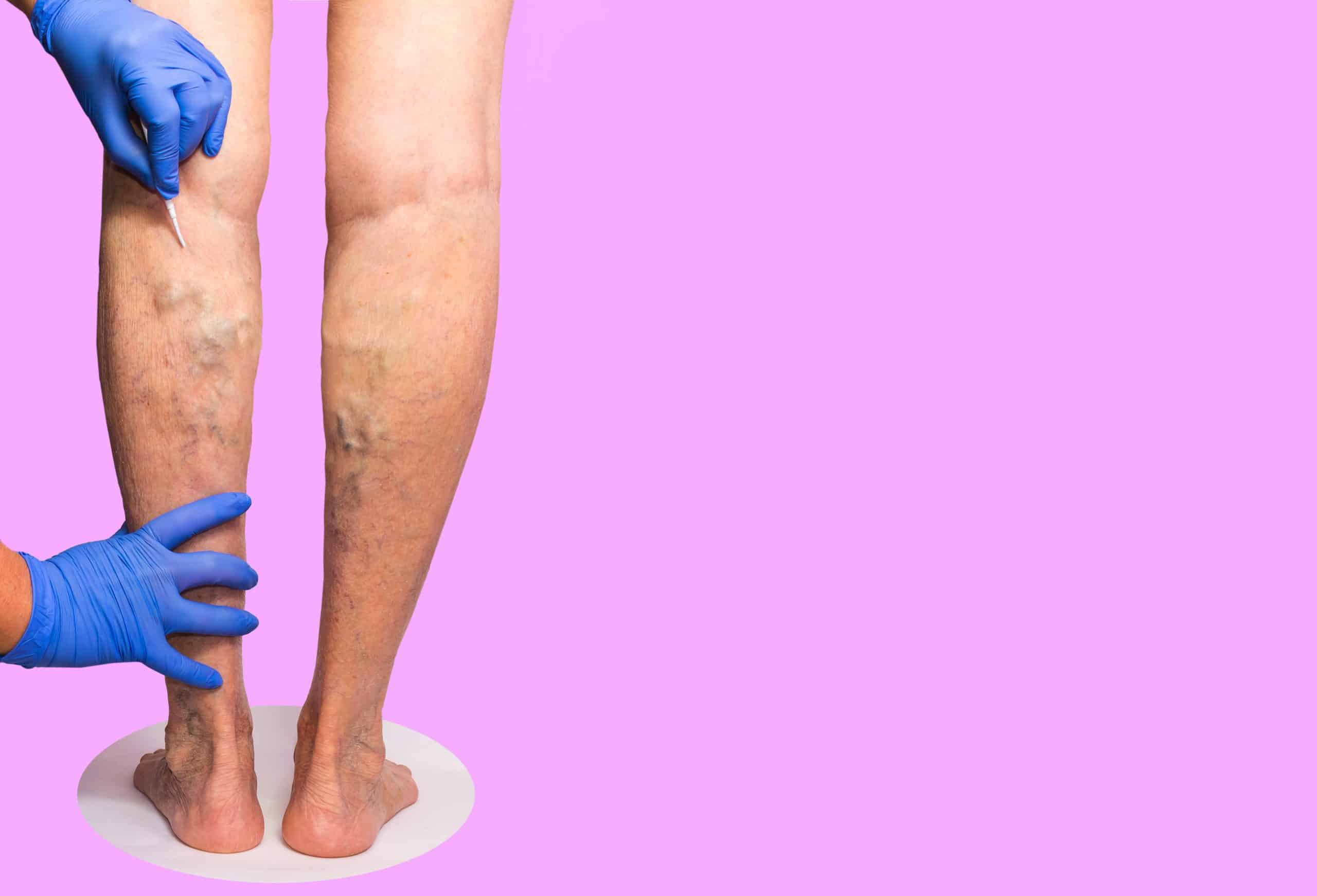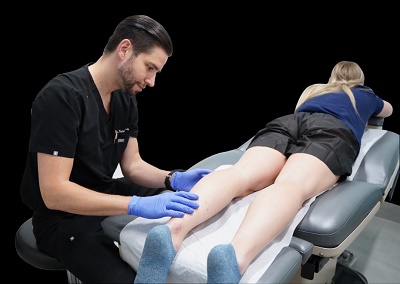Varicose veins present as swollen, enlarged veins commonly found on the lower extremities, affecting millions of individuals globally. These are the larger, inflated, spiraled veins that are discernible through blue or dark purple coloration and are usually found in the body's lower limbs. Although varicose veins may be aesthetic issues for some, others may find them uncomfortable or even painful, resulting in treatment seeking. Consult your physician to learn What are the treatment options for varicose veins? Once they accurately diagnose your condition, they will perform the correct treatment.
One of the main questions that patients ask is, Are varicose veins covered by insurance?
- Research about the place of treatment for a specific ailment depends on a number of factors, such as the severity of the ailment, the type of treatment, and the patient's insurance status.
- Insurance claims cover conditions in which veins lead to pain, inflammation, rashes, or irritation. Besides, insurance contributes more to treatment if varicose veins result in complications such as skin ulcers or blood clots.
- Insurance will not cover the costs when a person wants to get treatment only for beautiful legs, and there are no side effects or disorders.
- It is beneficial to consult a healthcare provider to determine if one requires Varicose vein treatment and if one's insurance covers it. The provider can evaluate the skin condition to determine the extent of the skin disease and the most suitable treatment. They can also explain the necessity of medical treatment, although the insurance company may require such an explanation.

This makes it important to also look at the types of treatment available for varicose veins. This means the extent of coverage may depend on the kind of treatment considered for a patient.
What are the treatment options for varicose veins?
1. Compression stockings:
Compression stockings fit the legs and exert pressure to treat swollen and twisted veins. Patients may use compression stockings as a first-line treatment for mild varicose veins. You can purchase them from a nearby medical store.
2. Sclerotherapy:
This minimally invasive method involves injecting a solution into veins; the veins become scarred and less visible after some time. Doctors use Scleroscopy for smaller varicose veins, and health insurance covers the treatment if it is medically necessary.

3. Endovenous ablation:
This procedure involves using heat or laser to remove the affected veins, eliminating them. Endovenous ablation is suggested for larger varicose veins and can be used if insured, as the previous treatments were ineffective or there are comorbidities.
4. Surgical procedures:
Severe varicose veins require surgery to cut off or close off the problematic veins. If the doctor determines that vein ligation or stripping is necessary, insurance may be used to pay for the procedure.
However, it is also important to compare the possible risks and benefits of treating varicose veins, considering the procedure's insurance coverage. Vein treatments reduce the incidence and severity of the symptoms and improve the look of the legs. However, the treatment also entails certain risks, including infection, bleeding, and allergic reactions.






Comments